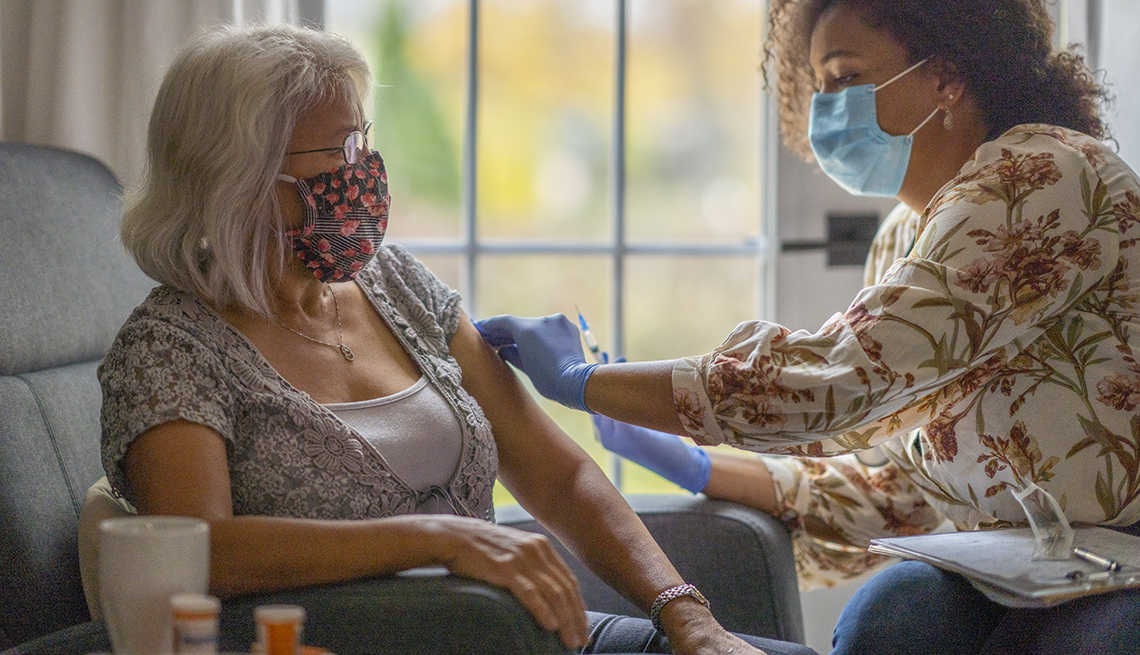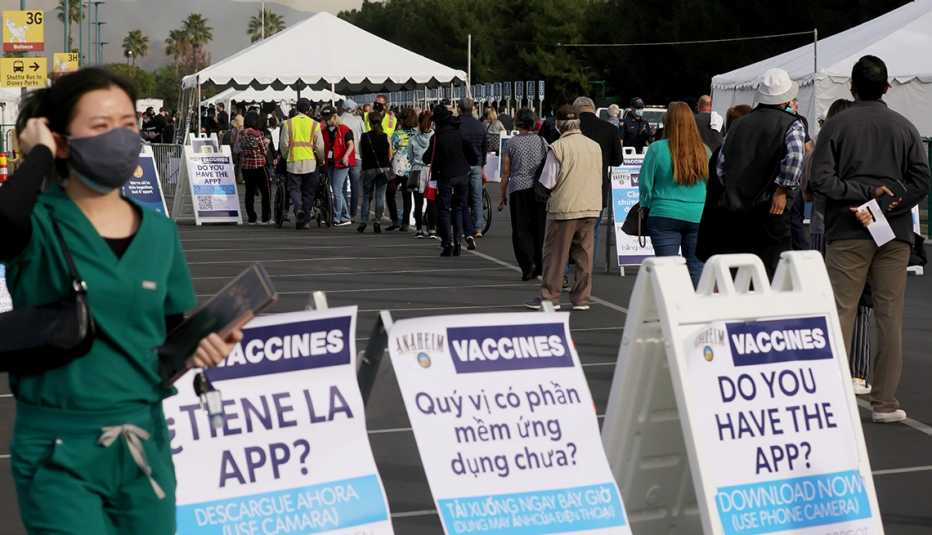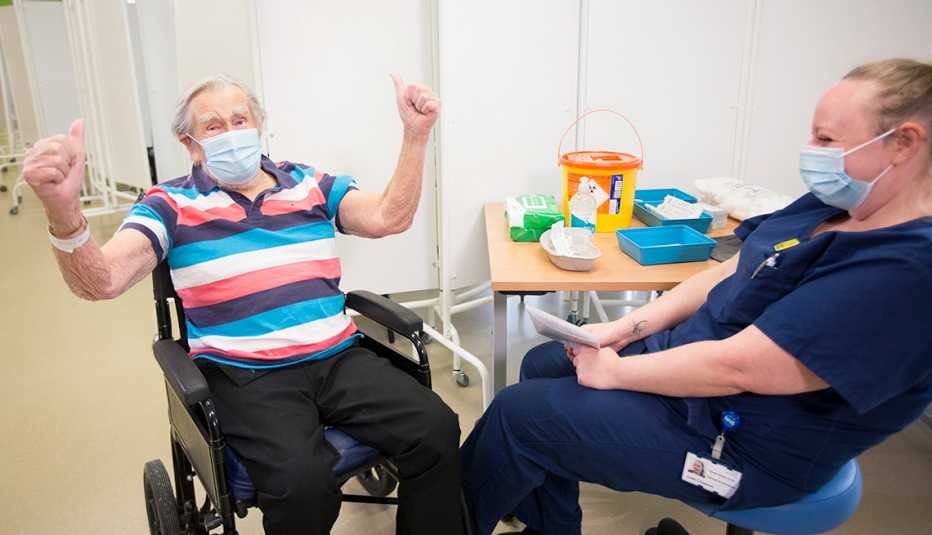Staying Fit
Among the many challenges in getting COVID-19 vaccines into as many arms as possible, one looms especially large: vaccinating the estimated 2 million older adults in the U.S. who are unable to leave their homes for health reasons.
“It’s catch-as-catch-can,” says Steven Albert, chair of the Department of Behavioral and Community Health Sciences at the University of Pittsburgh Graduate School of Public Health. He’s referring to caregivers’ efforts to get vaccinations to this vulnerable population and says, “It really is not as clear or rational as it should be.”


AARP Membership— $12 for your first year when you sign up for Automatic Renewal
Get instant access to members-only products and hundreds of discounts, a free second membership, and a subscription to AARP the Magazine.
Just ask Lela Getzler, who’s been struggling for months to figure out how to get her 104-year-old grandmother, Alyse Laemmle, vaccinated against COVID-19. Because Laemmle is mostly bed-bound, the vaccine would need to be administered in her Hermosa Beach, California, home. It’s not going well, says Getzler, 52, who lives with and cares for her grandmother. “I started with her primary care physician who was, like, ‘Yeah, she definitely should want it.’ But it’s not like they have a way to have somebody come out here.”
She’s also called the state and county vaccination information lines and the local Council on Aging, among other officials in the region, but they’ve all told her they don’t do home visits. Getzler says she’s just going to keep calling around, because, “Maybe I’ll get somebody who just, you know, has an extra dose at the end of the day, and says, ‘I’ll just swing by on my way home.’ I don’t know what else to do.”
It can be difficult to navigate the patchwork of programs serving the homebound. Some are at the county and city level; others have been spearheaded by hospital networks or health insurance companies.
“There’s no strong centralized effort and, unfortunately, in a lot of places there is no real solution right now,” says Caitlin Donovan, a senior director at the National Patient Advocate Foundation, a nonprofit group that promotes access to health care for people with debilitating illnesses.



































































